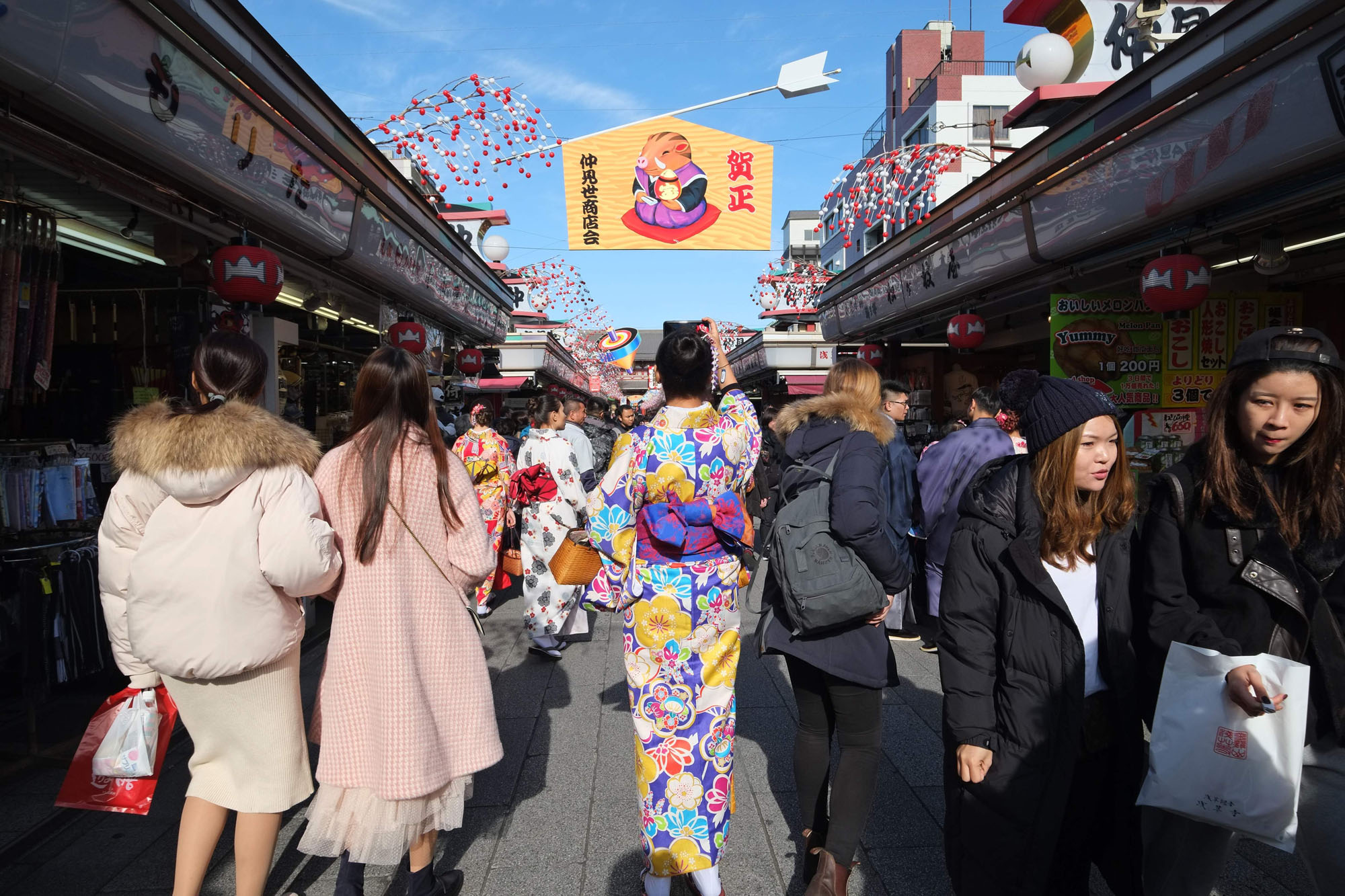The Heisei Era is coming to an end. Many readers may not be familiar with the era name system. Numerous East Asian countries adopted the system that originated in ancient China. Japan still uses this system, taking a new era name every time a new emperor ascends the throne. With Emperor Akihito set to abdicate at the end of April, a new era name will come into being on May 1 when his son, Crown Prince Naruhito, takes the throne. Let us look back on the past 30 years of the Heisei Era.
In the first year, or 1989, Japan's gross domestic product (on a purchasing power parity basis) accounted for just shy of 9 percent of the world economy. Fourteen of the world's top 20 companies in terms of market value were Japanese, led by NTT Corp. In those days, "Japan as No. 1" was literally true. Japan was at the top in terms of international competitiveness, according to the International Institute for Management Development (IMD).
In 2018, Japan's share of the world's GDP has more than halved to 4.3 percent, and Japanese firms have disappeared from the global top 20. Toyota Motor Corp., the top Japanese company, has fallen all the way to 35th place. Japan's international competitiveness has fallen to 26th.

















With your current subscription plan you can comment on stories. However, before writing your first comment, please create a display name in the Profile section of your subscriber account page.